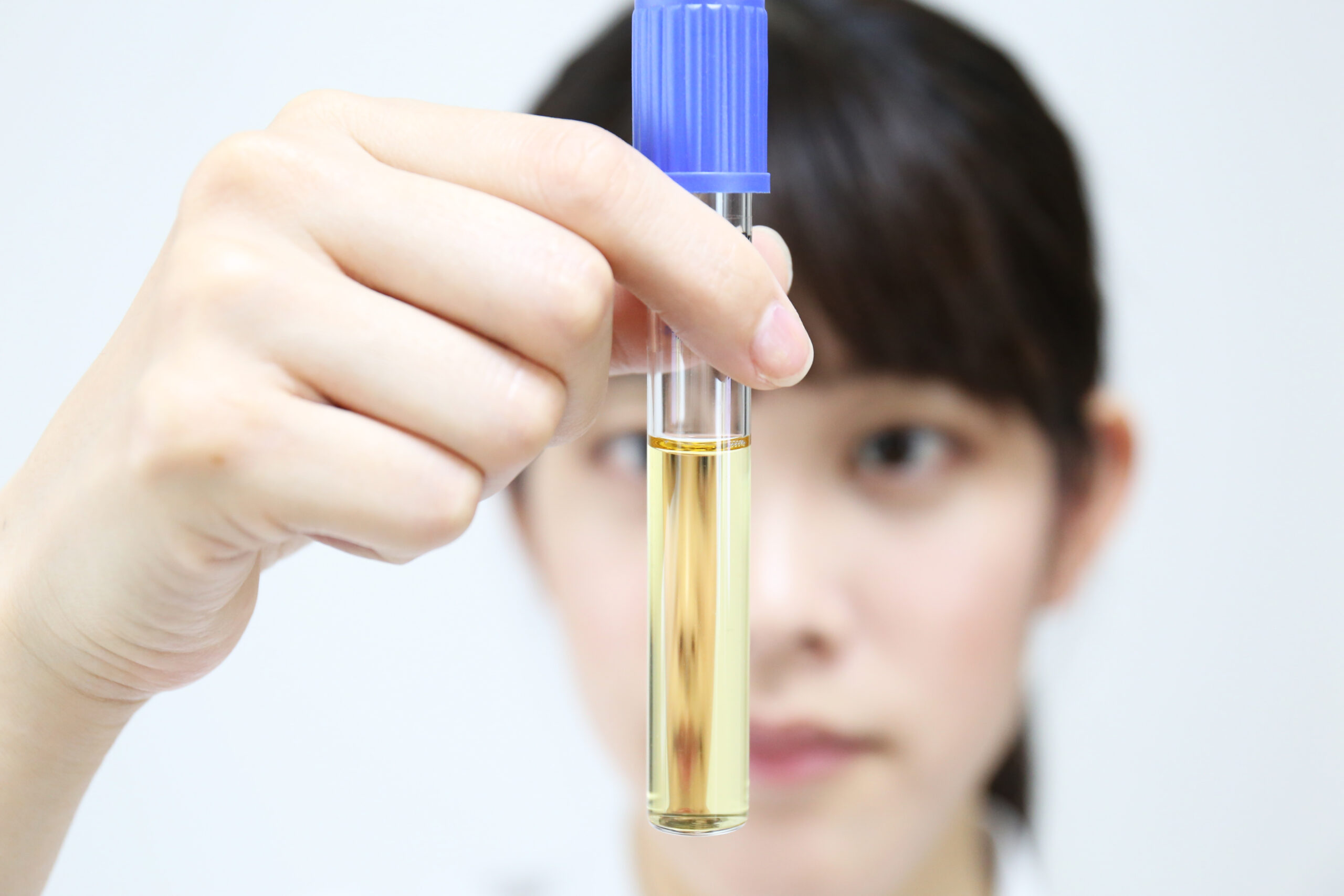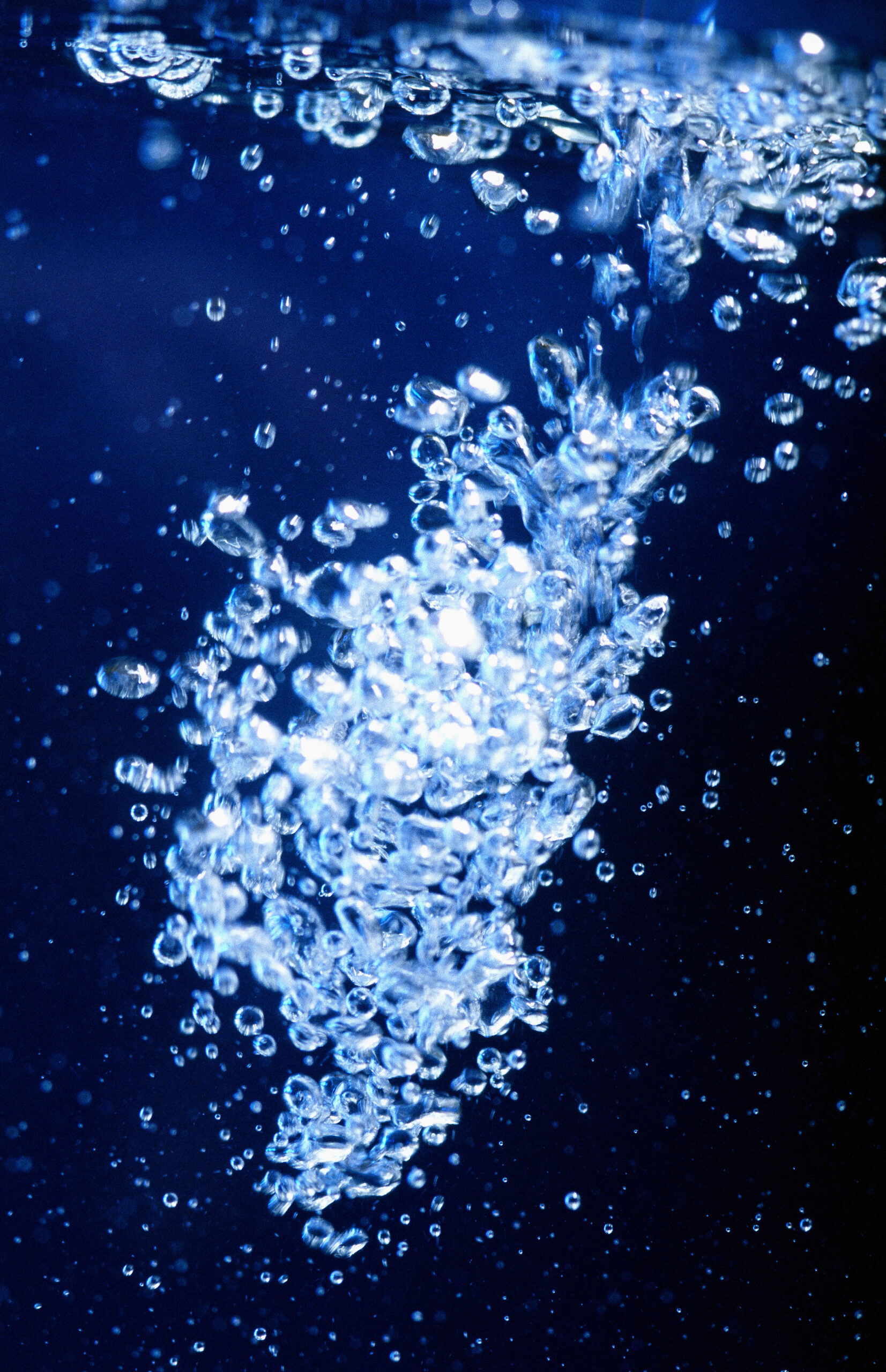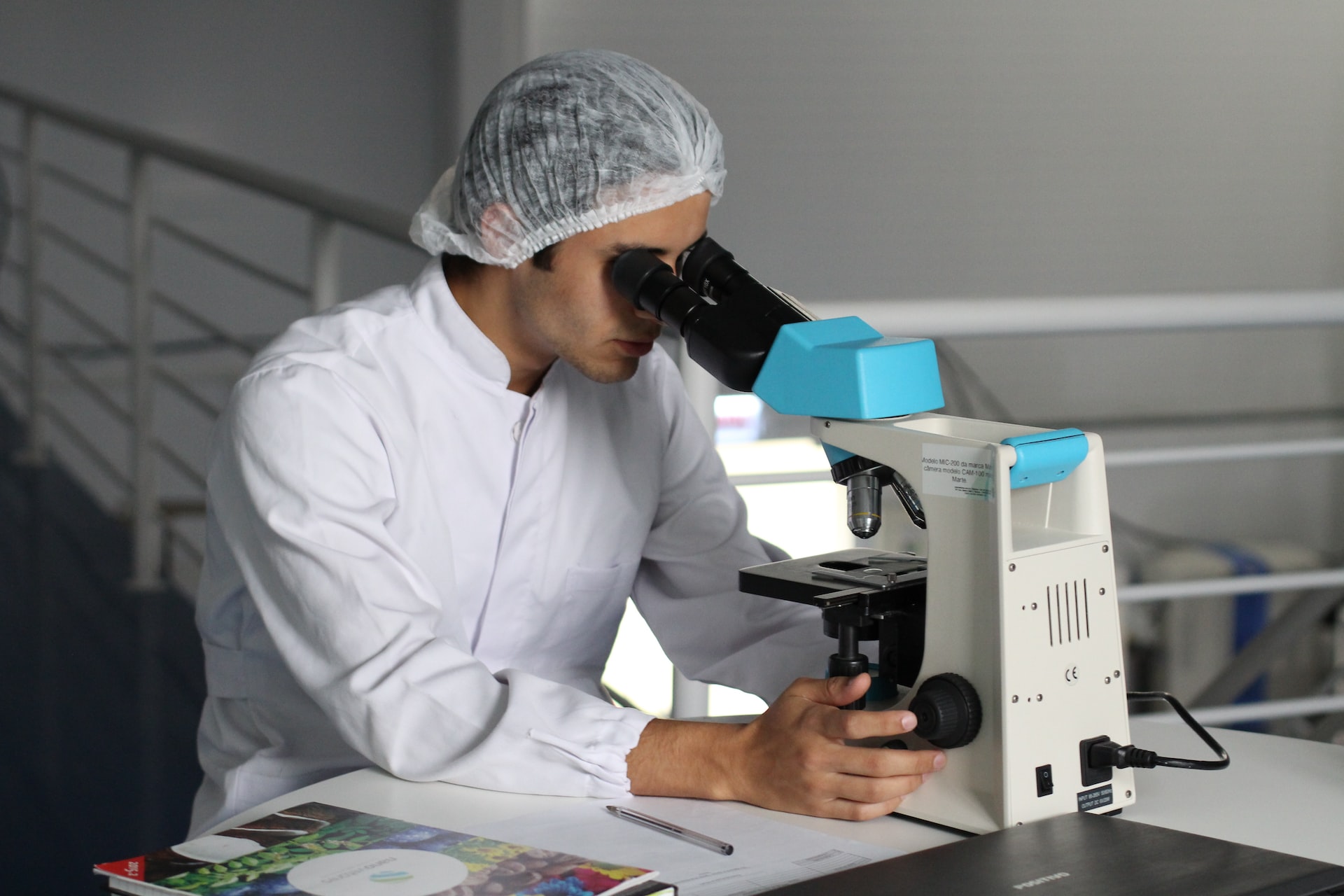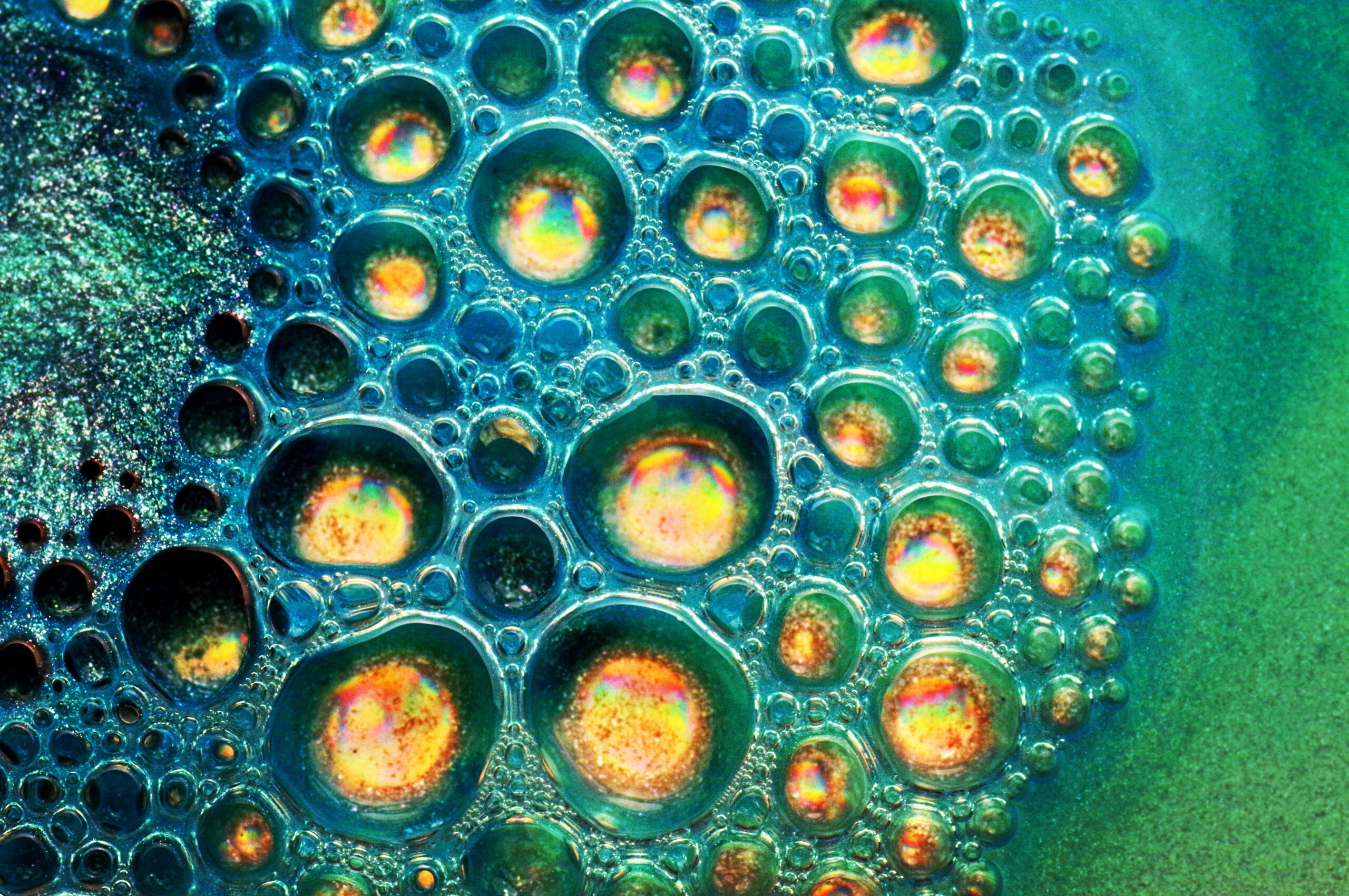
Tire and road wear particles (TRWP) resulting from tire abrasion while driving raise concerns due to their potential contribution to aquatic toxicity. This study aimed to assess cryogenically milled tire tread (CMTT) particle toxicity, used as a proxy for TRWP, and associated chemicals to fish using two Rainbow Trout (Oncorhynchus mykiss) cell lines representing the gill (RTgill-W1) and the intestinal (RTgutGC) epithelium.
Study highlights:
- Assessment of tire and road wear particles’ toxicity to fish using fish cell lines
- Specific toxicity of tire particles, leachates and in vitro digestate investigated
- Acutely toxic concentration of tire particles exceeds environmental concentrations
- Tire particles continuously leach chemicals, Zn and 6PPD main drivers of toxicity
- 6PPD-quinone (6PPD-Q) detected but not toxic to RTgill-W1 and RTgutGC cell lines
CMTT toxicity was evaluated through several exposure pathways, including direct contact, leaching, and digestion, while also assessing the impact of particle aging. Following OECD TG249, cell viability was assessed after 24 h acute exposure using a multiple-endpoint assay indicative of cell metabolic activity, membrane integrity and lysosome integrity.
In vitro EC50 values for the fish cell lines exceeded river TRWP concentrations (2.02 g/L and 4.65 g/L for RTgill-W1 and RTgutGC cell lines, respectively), and were similar to in vivo LC50 values estimated at 6 g/L. Although toxicity was mainly driven by the leaching of tire-associated chemicals, the presence of the particles contributed to the overall toxicity by inducing a continuous leaching, highlighting the importance of considering combined exposure scenarios.
Aging and digestion conditions were also found to mediate CMTT toxicity. Thermooxidation resulted in a decreased chemical leaching and toxicity, while in vitro digestion under mimicked gastrointestinal conditions increased leaching and toxicity. Specific chemicals, especially Zn, 2-mercaptobenzothiazole, 1,3-diphenylguanidine, and N-(1,3-dimethylbutyl)-N′-phenyl-p-phenylenediamine (6PPD) were identified as contributors to the overall toxicity.
Although 6PPD-quinone was detected in CMTT digestate, cytotoxicity assays with RTgill-W1 and RTgutGC cell lines showed no toxicity up to 6 mg/L, supporting the notion of a specific mode of action of this chemical.
This study provides insights into the toxicological mechanisms induced by tire particles and their associated chemicals and can help in the evaluation of potential risks to aquatic life associated with TRWP.








